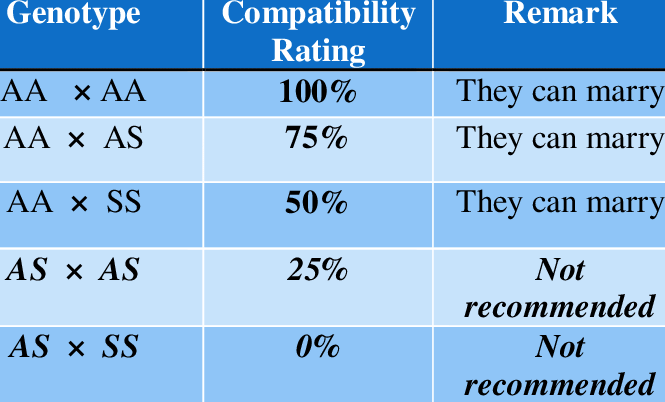When couples plan to marry, love and compatibility often take center stage. However, medical compatibility especially genotype and blood group remains equally crucial. Ignoring these tests can create lifelong health challenges for children and strain family relationships.
Genotype testing helps determine whether partners risk passing on sickle cell disease to their children. For instance, if both partners carry the AS genotype, they face a 25 percent chance of having a child with sickle cell anemia (SS). This condition leads to severe pain, frequent hospital visits, and lifelong complications. By knowing their genotypes early, couples can make informed decisions and avoid preventable suffering.
Blood group compatibility also plays a vital role, especially during pregnancy. An Rh-negative woman married to an Rh-positive man risks complications if preventive medical care is not provided. This incompatibility can lead to miscarriages, stillbirths, or severe anemia in newborns. When couples undergo blood group testing before marriage, they give doctors the opportunity to prepare for safe interventions and healthy outcomes.
Beyond medical benefits, these tests strengthen relationships. Couples who take genotype and blood group tests demonstrate responsibility and mutual respect. They reduce potential conflicts that may arise later when medical realities surface.
In fact, many religious organizations and health institutions now insist on these screenings before officiating marriages, highlighting their importance for public health.Fortunately, testing is simple, affordable, and widely available. Hospitals and diagnostic centers can provide accurate results within a short time.
By prioritizing these checks, intending couples safeguard not only their own happiness but also the well-being of future generations.
In conclusion, genotype and blood group testing are non-negotiable steps for anyone preparing for marriage. Love may unite two hearts, but knowledge and responsibility secure a healthier future for the entire family.

